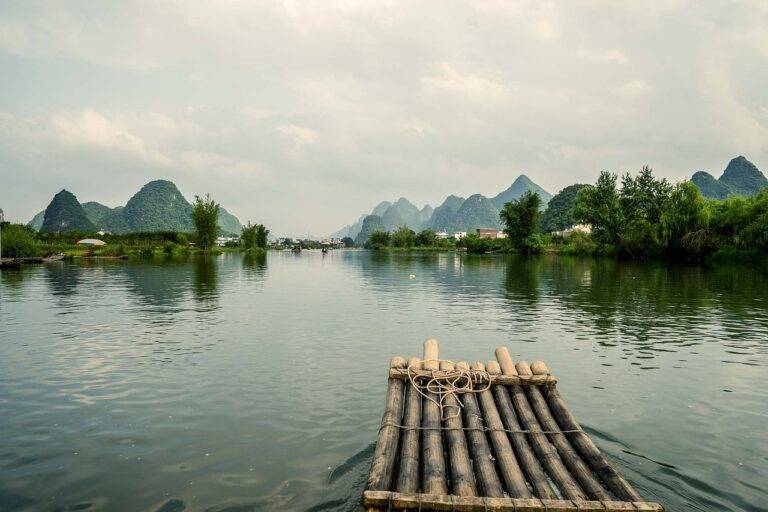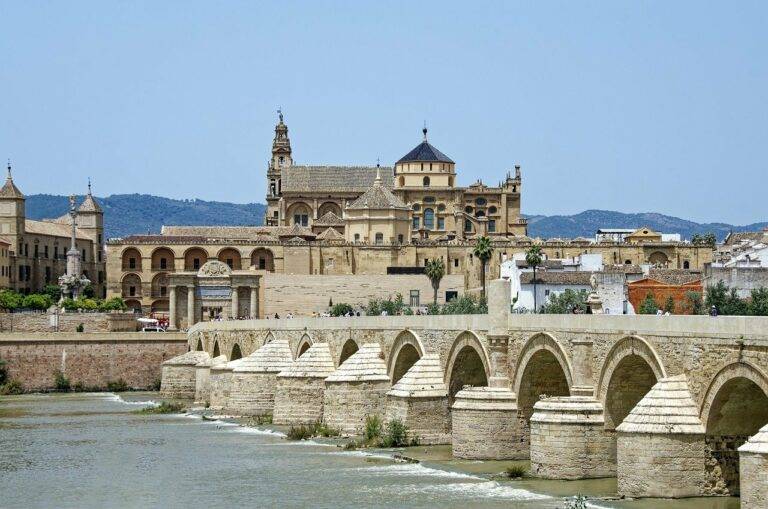The Impact of Climate Change on Travel Destinations: Adapting to Environmental Challenges
As global temperatures continue to rise at an alarming rate, we are witnessing a significant shift in weather patterns across the world. From more intense heatwaves and prolonged droughts to increased frequency of extreme weather events like hurricanes and cyclones, the impact of these changes is being felt far and wide. The rise in temperatures is not only causing discomfort for humans but is also putting a strain on the environment and ecosystems that rely on stable climatic conditions for survival.
With changing weather patterns, regions that were once known for their predictable climate are experiencing unpredictability like never before. Areas that traditionally received ample rainfall are facing water scarcity, leading to crop failures and food shortages. Conversely, regions that were not accustomed to heavy rainfall are now grappling with devastating floods that result in widespread destruction of property and loss of life. The delicate balance of nature is being disrupted, and unless immediate action is taken to address the root causes of climate change, the consequences will only exacerbate in the coming years.
How Climate Change is Altering Landscapes and Ecosystems
Climate change is causing significant shifts in landscapes and ecosystems worldwide. Rising temperatures are leading to melting ice caps and glaciers, resulting in rising sea levels that threaten coastal habitats. These changes are forcing plant and animal species to adapt to new conditions or risk extinction.
Furthermore, altered weather patterns are impacting ecosystems by causing more frequent and severe natural disasters such as wildfires and hurricanes. These events not only directly destroy habitats but also disrupt the delicate balance of ecosystems, leading to a cascade effect on the various plant and animal species that depend on each other for survival.
Impacts on Wildlife and Biodiversity
Climate change is significantly impacting wildlife and biodiversity across the globe. Rising temperatures are altering habitats, forcing many species to move to higher altitudes or latitudes in search of suitable conditions. This disruption in ecosystems is causing shifts in the availability of food sources and changing the dynamics of predator-prey relationships.
Furthermore, the changes in weather patterns due to climate change are leading to more frequent and severe natural disasters such as wildfires, hurricanes, and droughts. These extreme events not only directly affect wildlife populations but also disrupt critical habitats, making it challenging for species to recover and adapt. As a result, many vulnerable species are facing increased risks of extinction, further contributing to the loss of biodiversity worldwide.
How are rising temperatures and changing weather patterns affecting wildlife and biodiversity?
Rising temperatures and changing weather patterns are disrupting ecosystems, leading to habitat loss, altered migration patterns, and increased competition for resources among species. This can result in population declines and even extinction for some species.
In what ways is climate change altering landscapes and ecosystems?
Climate change is causing shifts in vegetation patterns, changes in the availability of water resources, and increased frequency and intensity of natural disasters such as wildfires and hurricanes. These changes can have cascading effects on the interconnected web of life within ecosystems.
What specific impacts are seen on wildlife and biodiversity due to climate change?
Wildlife and biodiversity are facing challenges such as loss of habitat, reduced food sources, increased disease transmission, and altered breeding patterns. These impacts can have long-lasting effects on the health and survival of various species.
How can we mitigate the impacts of climate change on wildlife and biodiversity?
To mitigate the impacts of climate change on wildlife and biodiversity, it is crucial to reduce greenhouse gas emissions, protect and restore habitats, implement sustainable land management practices, and support conservation efforts. Collaboration between governments, organizations, and individuals is key to preserving biodiversity in the face of a changing climate.





